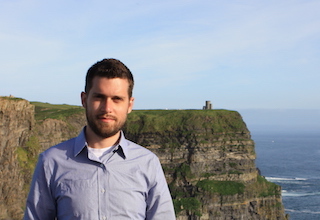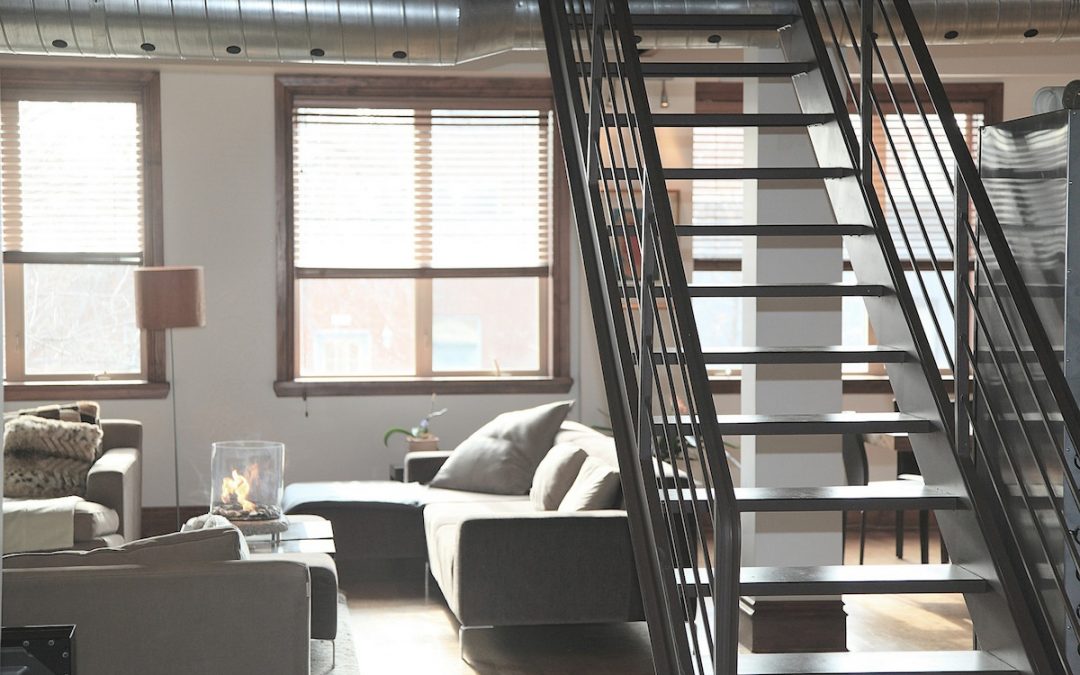Feel like it’s impossible to put together a down payment as first-time home buyer? Don’t despair. We’ve got some great tips to help you out.
With the average price of a home in Canada above $500,000 that puts a lot of pressure on first-time home buyers.
Putting together a 20% down payment means you need to scrape together $100,000 plus closing costs. That creates a huge barrier for many first-time home buyers.
Use these tips to help boost your down payment as a first-time home buyer.
1. Home Buyers Plan
The best way to boost your down payment is with the Home Buyers Plan (HBP). The HBP is a government program that lets you potentially boost your down payment by $15,000!
This is how it works.
The program is simple. You can withdraw up to $25,000 per person from your RRSP and apply it to your down payment. If you’re buying a home with your partner that’s a potential $50,000 in RRSP withdrawals.
This can help you boost your down payment because you can receive a tax refund on contributions to your RRSP. If you plan ahead you can maximize the refund you get from the government, potentially boosting your down payment by $15,000.
A recent grad will likely have little to no RRSP contributions. By making $25,000 in contributions to a RRSP you can withdraw it later with the HBP (If you already have an RRSP don’t let your RRSP go over $25,000 otherwise the extra withdrawals are taxed).
After you contribute to your RRSP you’ll get a tax refund the next time you file your income taxes. Depending on your tax bracket you could receive a large refund the next time you file your taxes. Someone in the 30% tax bracket will receive a $7,500 refund related to their RRSP contribution. If both partners make the same contribution that turns $50,000 into $65,000!
Check your tax bracket before contributing so you know how much you can expect back.
2. Reduce Expenses
Boost your down payment by reducing your expenses. The big three expenses are usually shelter, transportation and food. These three categories make up 57% of average spending. Focus on these area’s first.
Reduce your shelter costs by getting a roommate, moving in with your partner or moving back in with your parents. My wife and I saved $12,000 in one year by living in one small < 500 sqft apartment before we bought our house. Cramped but worth it.
Reduce your transportation costs by ditching the car. A car can cost anywhere from $5,000 to $7,000 per year. This includes depreciation, insurance, maintenance, gas etc. Ditch the car and take public transit, bike or walk to work.
Save on food by learning to cook at home. There are lots of different strategies to save on food. Meal prep Sundays. Go vegetarian 2-3 days per week. Bring leftovers for lunch. Find recipes that use less expensive in-season produce. Visit BudgetBytes.com for some good ideas. Beth has some delicious recipes and breaks down the cost of every meal. Try them out and keep track of the ones you like.
3. Gift from Parents
Up to 45% of first time home buyers get help with their down payment. Gifts range from small amounts like $1,000-$10,000 all the way into the six-figure range of $100,000+.
Relatives use a variety of methods to fund their gift. Selling investments. Getting a home equity line of credit. Using cash on hand. These are all typical ways to fund a gift.
It’s completely legal to receive a gift from a relative for your down payment. It just needs to be a genuine gift. Loans from relatives will count when calculating how much you can afford. When using a gift the mortgage lender may ask for a written statement from the family member specifying that it is in fact a genuine gift and not a loan.

Owen Winkelmolen
Founder of PlanEasy Inc.
An avid traveler, father and personal finance expert. Owen's goal is to make financial planning easy. He believes that objective and straightforward financial planning is something that every Canadian should have access to. Find out why.


That RRSP sounds nice. Not sure if anything like that exists down in the states.
20% is tough to come up with when young. We got our loan with 10% down. You do have to pay for insurance whenever you are under 20% though. We paid it upfront for $1900. Not a fun fee to pay but quickly offset by another year of paying rent.
The RRSP home buyers program is pretty cool. You should lobby for a similar 401k program.
You’re right that 20% is tough to come by. Only about half of first-time home buyers can come up with 20%+